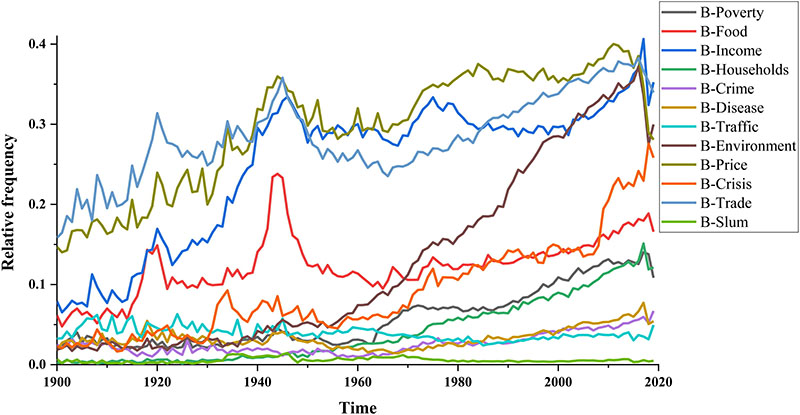Poverty alleviation and arithmetic of the poor
Fayyaz Baqir
This chapter provides a view of frugal science initiatives based on the arithmetic of the poor in relation to poverty alleviation, social change and economic development. It presents the perspective and traces the origin, development and dynamic interaction of these tendencies: from the age of the ‘village republic’, to the global village in shaping up the vision, structure, and impact of civil society in defining the citizen-state relationship for poverty alleviation. Foreign assistance for poverty alleviation in the social sector has had mixed impact. Pakistan is home to a diverse group of civil society institutions: contractors of donor agencies, advocates of the ‘universal’ human rights agenda and visionary and idealist social entrepreneurs. The chapter identifies different forms of development assistance and drawn lessons for a meaningful collaboration.
Analysis of the health product pipeline for poverty-related and neglected diseases using the Portfolio-to-Impact (P2I) modeling tool
Published in F1000Research 2020, 9:416
To estimate how much additional funding is needed for poverty-related and neglected disease (PRND) product development and to target new resources effectively, policymakers need updated information on the development pipeline and estimated costs to fill pipeline gaps. We previously conducted a pipeline review to identify candidates for 35 neglected diseases as of August 31, 2017 (“2017 pipeline”). We used the Portfolio-to-Impact (P2I) tool to estimate costs to move these candidates through the pipeline, likely launches, and additional costs to develop “missing products.” We repeated this analysis, reviewing the pipeline to August 31, 2019 to get a time trend. We made a direct comparison based on the same 35 diseases (“2019 direct comparison pipeline”), then a comparison based on an expanded list of 45 diseases (“2019 complete pipeline”).
The dynamics of poverty, educational attainment, and the children of the disadvantaged entering medical school
Published in Advances in Medical Education and Practice
Approximately one-third of the US population lives at or near the poverty line; however, this group makes up less than 7% of the incoming medical students. In the United Kingdom, the ratio of those of the highest social stratum is 30 times greater than those of the lowest to receive admission to medical school. In an effort to address health disparities and improve patient care, the authors argue that significant barriers must be overcome for the children of the disadvantaged to gain admission to medical school. Poverty is intergenerational and multidimensional. Familial wealth affects opportunities and educational attainment, starting when children are young and compounding as they get older.
“The poor were slaves, and the rich masters.” The political concept of the people in the Spanish-American press discourse in times of Independence
Published in Journal of Iberian and Latin American Studies
The commemoration of the bicentennial of the independence of Latin America has meant and important renewal in the historiography. Political and cultural history and its links with conceptual history have provided us with novel interpretations. Within these perspectives this research aims to analyze the political uses of the concept of people during the war of independence in the Spanish-American press. The objective is to understand in a related way the use and complexity of the concept of people in the Buenos Aires, Santiago de Chile and, Lima press from the revolution of May,1810 in Buenos Aires, the Upper Peru war, the Chilean Independence, and San Martin’s Protectorate in Peru (1821-1822).
 China
China  Africa
Africa 

